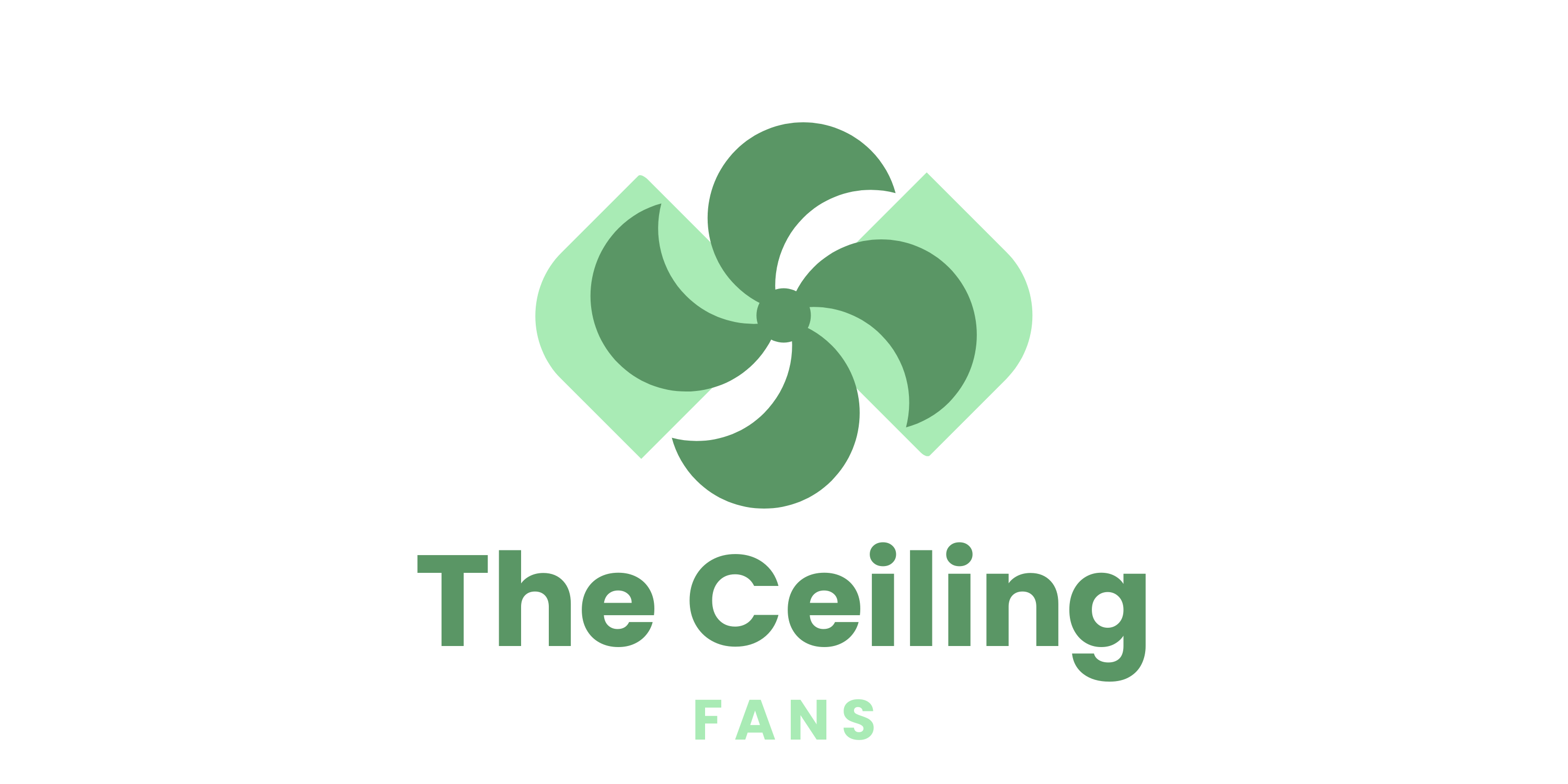Temperature regulation is vital in various industrial settings, ensuring optimal working conditions for personnel and processes. Industrial fans are indispensable in achieving this goal, as they efficiently circulate air, dissipate heat, and maintain a comfortable environment. This blog will delve into the benefits and applications of industrial fans, exploring their different types and providing guidance on selecting, installing, and maintaining them.
Types of Industrial Fans for Temperature Regulation

1. Cooling Fans
Cooling fans are designed to lower temperatures by increasing air movement and facilitating heat transfer. They are commonly used in industrial spaces, such as manufacturing facilities, data centers, and warehouses, where excess heat is generated. Cooling fans help prevent equipment from overheating, protect delicate components, and improve efficiency.
2. Heating Fans
On the other hand, heating fans are employed to raise temperatures in specific areas. These fans distribute warm air evenly, ensuring a comfortable and consistent temperature in cold environments. They are often used in workshops, construction sites, and garages to provide warmth during winter or colder climates.
3. Ventilation Solutions
Ventilation is crucial for maintaining healthy air quality and removing contaminants from industrial spaces. It ensures a safe working environment by controlling humidity levels, preventing the buildup of harmful substances, and promoting proper airflow. In ventilation systems, industrial fans extract stale air, fumes, and pollutants, replacing them with fresh air.
Choosing the Right Industrial Fan for Temperature Control
1. Considerations for Fan Selection
When selecting an industrial fan, several factors are considered, including the size of the space, the specific temperature control requirements, and any unique environmental considerations. These aspects will help determine the appropriate fan type, size, and configuration.
2. Matching Fan Specifications to Temperature Control Needs
To achieve effective temperature regulation, it is essential to match the fan's specifications to the space's specific requirements. Consider airflow capacity, static pressure, noise levels, and control options to ensure optimal performance and energy efficiency.
3. Evaluating Efficiency and Energy Consumption
Efficiency is a key consideration when choosing industrial fans. Look for fans with high-efficiency ratings, such as those with advanced motor technology or aerodynamic designs. Additionally, evaluate the fan's energy consumption to minimize operational costs while maintaining temperature control effectiveness.
Installation and Maintenance of Industrial Fans

A. Proper Installation Guidelines for Optimal Performance
During installation, follow manufacturer guidelines to ensure the fan is positioned correctly for maximum effectiveness. Consider factors such as mounting height, distance from walls or obstacles, and proper electrical connections. A well-planned installation will contribute to optimal airflow and temperature regulation.
B. Regular Maintenance and Cleaning Routines
Routine fan maintenance is essential for industrial fans' longevity and performance. Inspect and lubricate fan components as the manufacturer recommends to prevent mechanical issues and maintain optimal functionality. Implement a regular cleaning schedule to remove dust, debris, and other contaminants that can obstruct airflow.
C. Troubleshooting Common Issues
In case of performance issues or malfunctions, it is essential to troubleshoot and address the problem promptly. Common issues may include motor failures, blade imbalances, or wiring problems. Consult the manufacturer's documentation or seek professional assistance to resolve such matters effectively.
Pros
- Reduces reliance on air conditioning, lowering energy bills.
- Helps maintain consistent temperatures throughout large spaces.
- Protects sensitive machinery from heat damage.
- Aids in removing hot air, fumes, and moisture.
Cons
- Doesn’t reduce ambient temperature like an air conditioner.
- High-power fans may be expensive to install.
Conclusion
By implementing these steps, you can effectively utilize industrial fans for temperature regulation in your industrial environment, ensuring comfortable and controlled conditions for personnel and processes.
